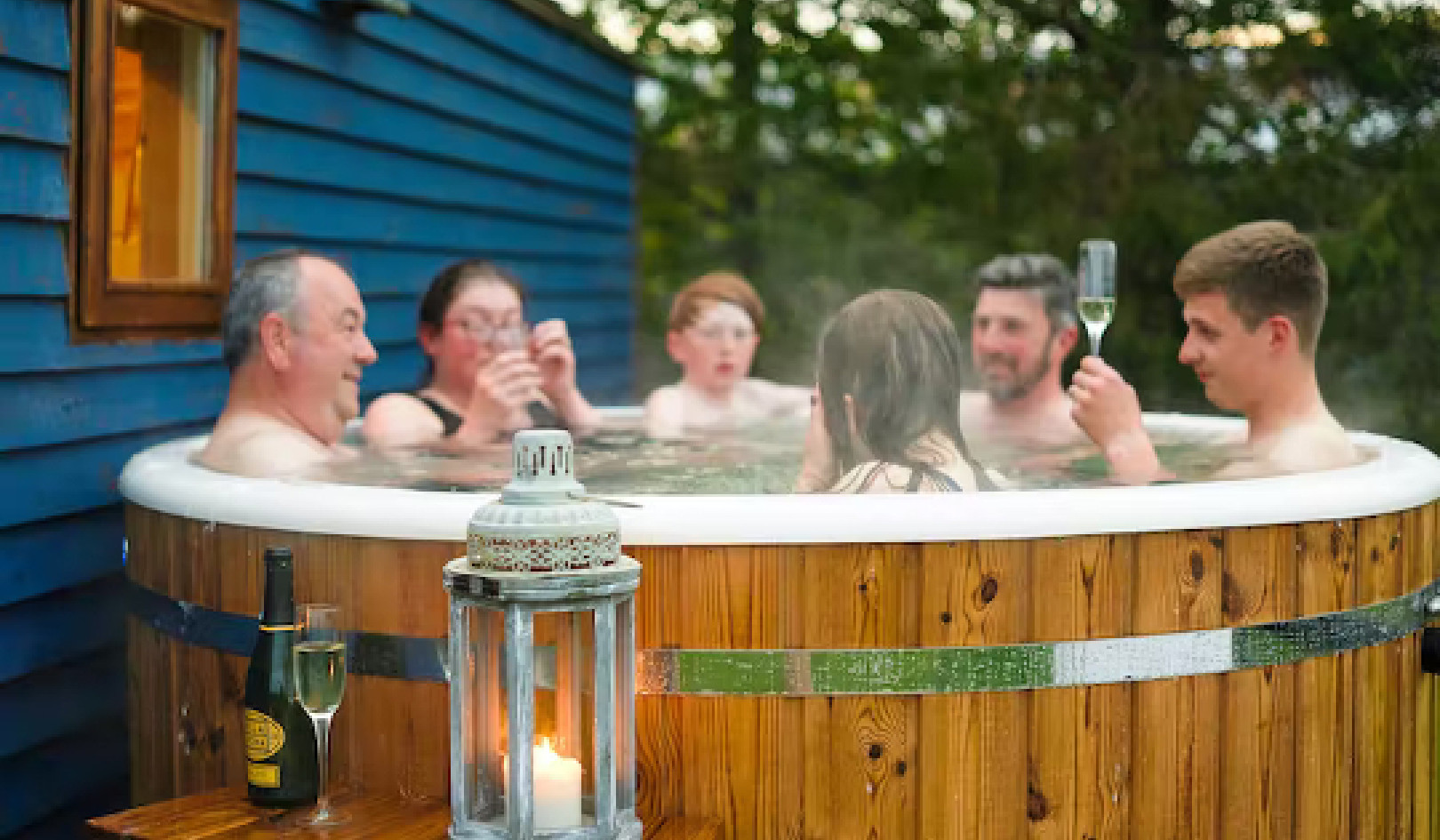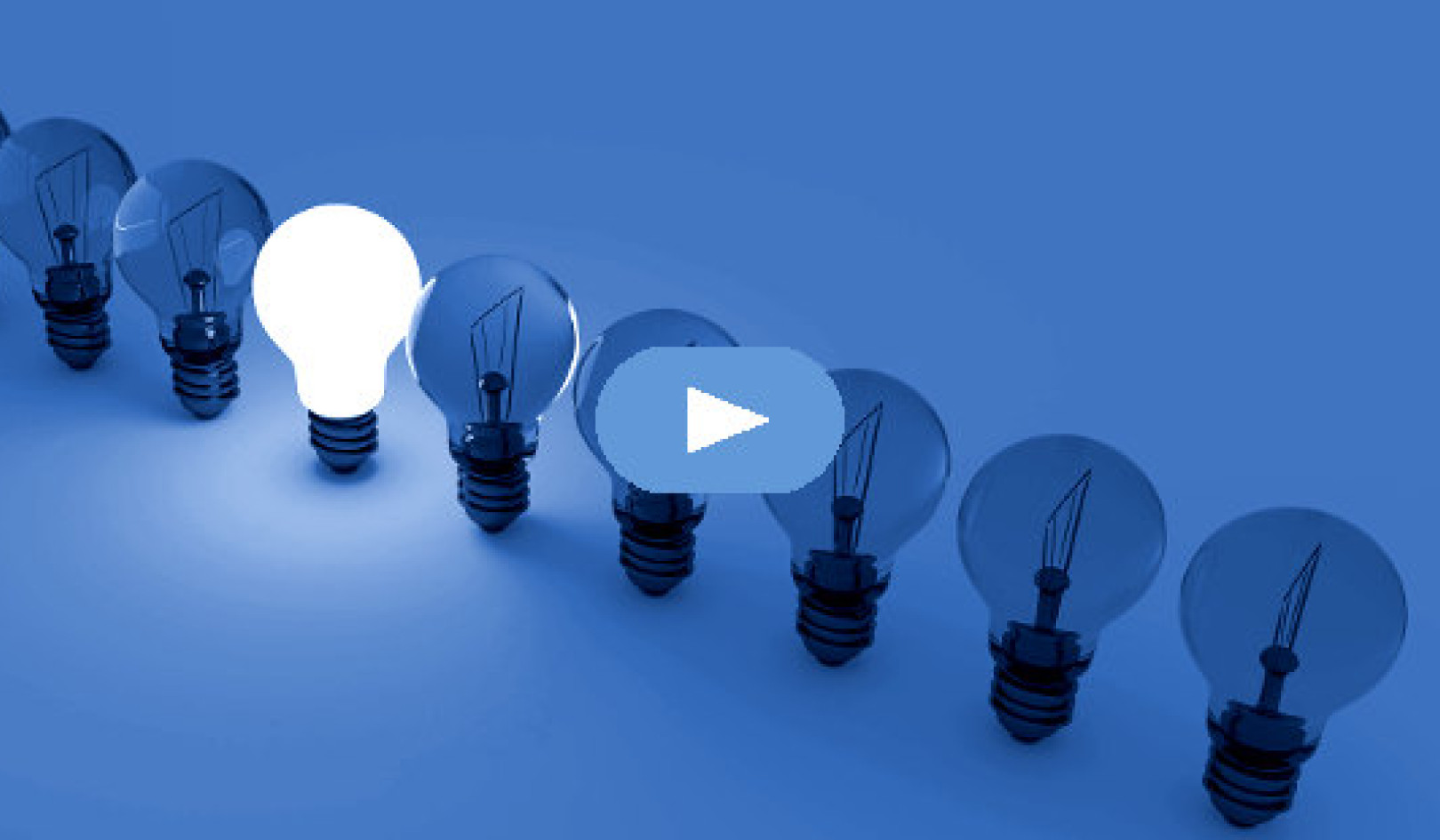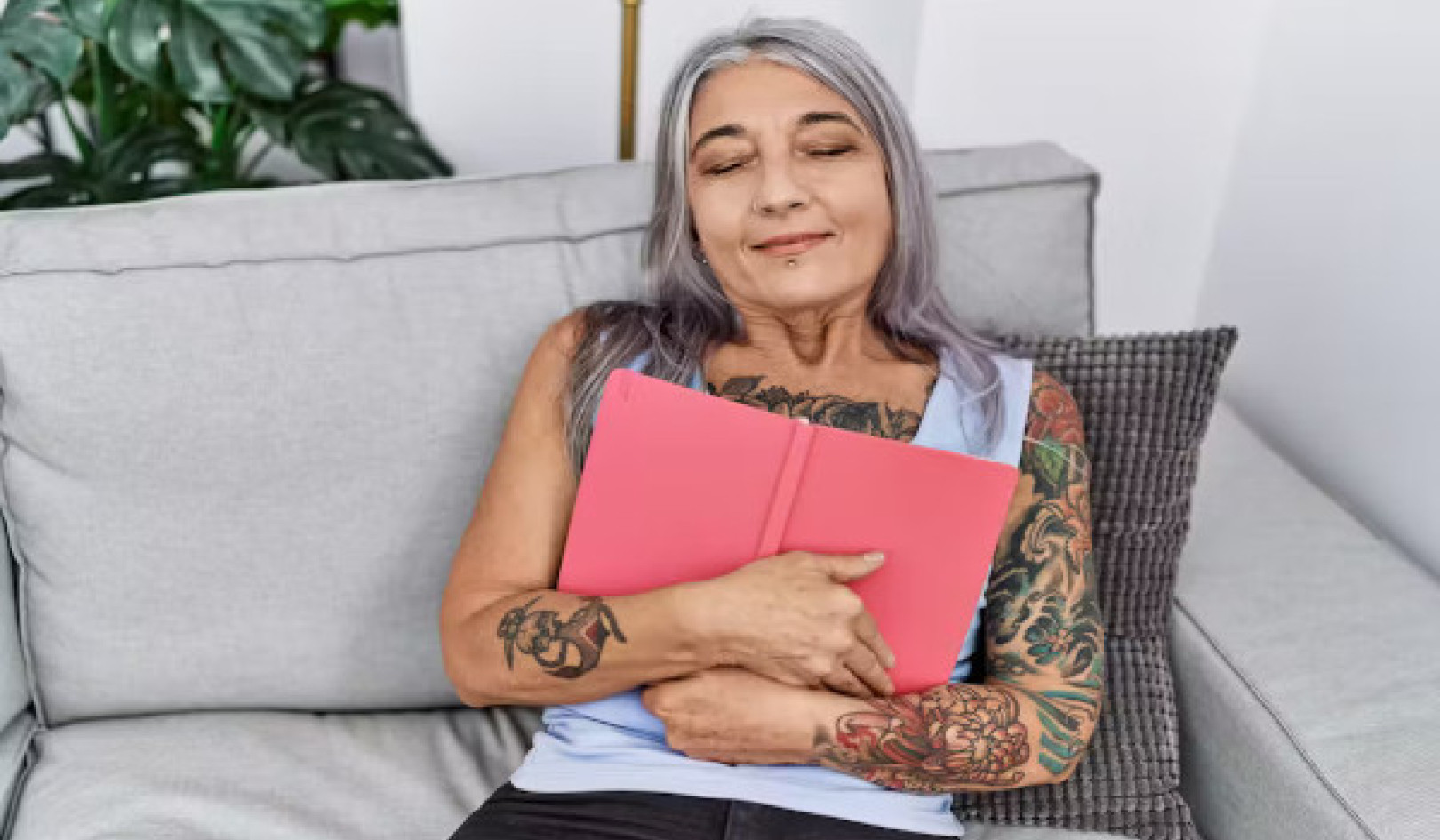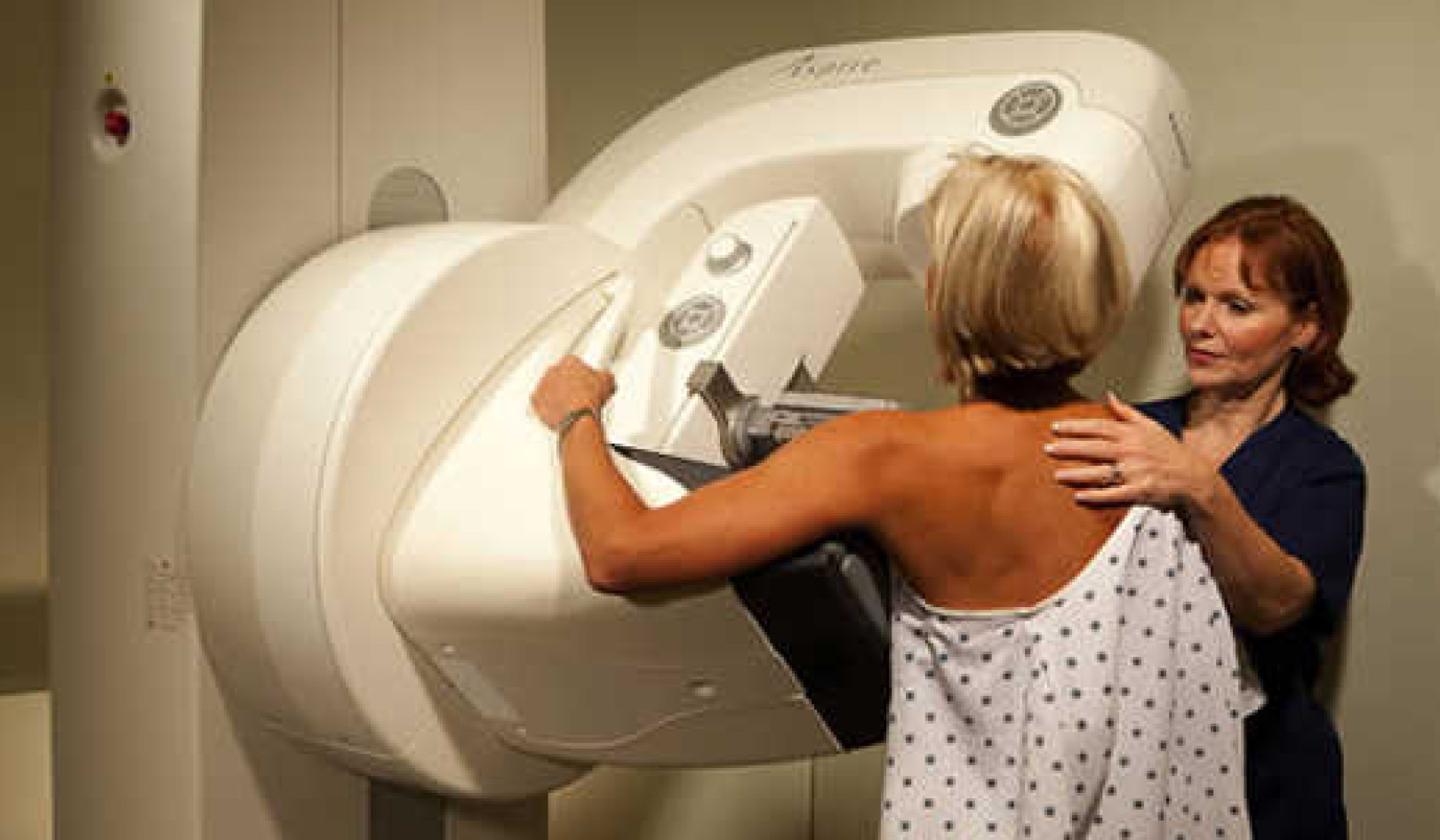Discovering Reflexology
by Rosalind Oxenford
You may ask: ?How can it be that a therapy that works only on the feet (or hands) can claim to affect the whole body? Surely if I have something wrong with my feet, I might visit a reflexologist, but how could she/he help with my asthma or irritable bowel syndrome?? That it does help is illustrated by the number of people who leave their reflexologist after a course of treatment experiencing permanent relief from the problems that caused them to seek help in the first place.
Reflexology can provide relief because the whole body is represented on the feet and hands through points that can be individually stimulated to produce a reaction in the corresponding body part. If I am having a consultation with someone who has a stiff and painful left shoulder following a sports injury, it is not unusual for them to remark as I work the corresponding part on the foot that they feel a sensation of immediate relief in their shoulder.
The
Flow of Energy Around the Body
How can
there be a link between the two parts? This happens because the body is linked
by energy flowing along certain pathways. When stimulation is applied on one
point along the line, it will travel along and around that line until it has
traveled through every part of the body that lies in its pathway. When an
impulse travels along a line, it will stimulate everything that lies in its
path. Organs and body parts that are functioning well will allow energy to flow
through freely with little change. When the impulse meets a damaged area,
however, the physiological effect of the increased flow of energy will be to
stimulate that part to heal itself.
Imagine a
stream traveling along its path. Where it is clear the stream will run along
freely, covering the miles effortlessly. But if it should meet boulders in its
path, or a fallen tree, the water will be restricted and will push and squeeze
its way through the constricted area. It will work gradually to clear the path
of congestion so that it can proceed more fully. Or, imagine an electrical
circuit. Energy will always keep flowing, it will pass through things ? or
around things if they do not conduct electricity ? but it cannot stop and
disappear. Just as your blood travels around your body and flows without ceasing
while you are alive, so electromagnetic energy flows constantly through our
bodies.
This has
not yet been fully explained or understood in relation to the human body, yet it
is a clearly explained and central part of physics. (Physics is the study of
natural science and particularly of the properties ? other than chemical ?
of matter and energy.) We are part of the natural world, and are indisputably
composed of matter and energy. Therefore it seems probable that we will soon
understand energy much more fully. Indeed, research has and is being carried out
that has already increased our understanding of these matters. In 1628, when it
was first suggested by William Harvey that the blood circulated around our
bodies, the idea was received incredulously and the theory treated as heretical.
We seem to be going through much the same process today with regard to the
energy in our bodies.
Why
Reflex Points? What is a Reflex?
Most of
us are familiar with the knee-jerk reflex that doctors use to test our
reactions. This involves a circuit in the nervous system that travels to the
spinal cord and back without involving the brain. The reflexes on the feet do
not work through this very simple process. It has not yet been fully explained
what the reflexes of reflexology are (they are linked with the flow of energy
around the body and will no doubt be better understood when both are further
researched), but we do know how the reflexes work. We know that pressure applied
to the foot produces a mirrored response in the body, and that the response will
be found in specific parts according to the specific points of the foot that
have been touched. The link between these corresponding parts seems to be
through energy, rather than through a direct material link.
Therapy
Given with the Hands
Treatment
is given with the hands using pressure techniques: the fingers applying specific
pressure to areas that are sometimes very small points. A reflexology treatment
consists of stimulation to specific points given within a foot massage.
Reflexology is not foot massage, which is a relaxing, whole-hand massage
technique applied to the feet to stimulate and generally relax the body.
Reflexology uses foot massage to prepare and relax the feet for specific
pressure techniques that are precisely aimed to correspond to individual organs
or body parts.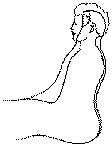
The
Body is Mirrored on the Feet
You can
see from the illustration how the side view of the human form corresponds
closely to the side view of the foot. The curves of the spine are exactly
mirrored in the curves around the bony structure of the foot.
You may
notice that the limbs do not feature much on the feet, although the charts will
show you where to work for the shoulder, arm, knee, and leg. The limbs are
superimposed on to other areas. When you have a specific problem on a limb, for
instance tennis elbow, you would work the arm area on the foot, but you would
also work that area on the matching limb. Therefore for someone with tennis
elbow in their right arm you would work the corresponding joint on the right
leg, which is the knee (see Illustration 2). These reflexes found on the limbs
are referred to as cross reflexes (working across from one limb to the other on
the same side).
In this
way, all the various parts of the body fit onto the feet ? the left and right
feet mirroring the left and right sides of the body. Wherever there is illness
in the body we can find a corresponding area in the foot that may be tender or
painful, and where waste materials have collected in the form of deposits.
Reflexology works by massaging the feet to break down these deposits, dispersing
the pain, and restoring the energy flow to a state of balance. Tension is
relaxed throughout the muscles and the nervous system, and circulation is
increased, releasing or reducing the strain from which the body is suffering.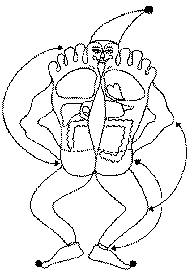 Now
look at the illustration on the left and see how the two feet together roughly
represent the human torso. The spine runs down the center of the instep of each
foot where the center of the body lies. The head and neck are represented on the
toes and the neck of the toes: the big toe represents the whole head, with fine
tuning for the eyes, ears, neck, and teeth found on the smaller toes. The ball
of the foot is the chest area bounded by the diaphragm. The abdomen lies in the
instep and the pelvic area is all around the heel.
Now
look at the illustration on the left and see how the two feet together roughly
represent the human torso. The spine runs down the center of the instep of each
foot where the center of the body lies. The head and neck are represented on the
toes and the neck of the toes: the big toe represents the whole head, with fine
tuning for the eyes, ears, neck, and teeth found on the smaller toes. The ball
of the foot is the chest area bounded by the diaphragm. The abdomen lies in the
instep and the pelvic area is all around the heel.
How
Reflexology Affects the Body
When the
energy is flowing freely around your body you are physically, mentally, and
emotionally well, balanced, and in harmony with your environment. The
functioning of the organs is improved by releasing tension held in the body.
Muscles control the workings of the organs (each tiny hair on your skin has its
own muscles, for example, and your digestive system can only function through
its own set of muscles) as well as large movements of the body through activity
of the limbs. Treatment stimulates the circulation of the blood and lymph so
that the removal of waste products and toxins is increased and the supply of
nutrients throughout the blood supply is improved. By releasing long-term
muscular contractions the constrictions they have imposed on the nerves are
relieved and the nerve supply is freed. These are the physiological effects of
reflexology treatment.
What
Does it Feel Like?
Patients
receiving reflexology treatment often feel tenderness as certain points are
worked, and they usually experience an immediate release of tensions (some will
experience an initial reaction or healing crisis). This can be seen as well as
felt when a person who comes in tired and depleted changes their whole attitude
with the relaxing of tension. A glow of vitality can be seen as the energy flow
begins to restore balance and well-being.
The
number of treatments needed vary according to the type of disorder and the
length of time it has been suffered. Usually the trouble yields more quickly
when it is of recent origin. When a great deal of repair and healing is needed,
the time required for recovery is longer.
Reflexology
is an ideal way of treating children. They invariably enjoy it and it is
non-invasive (therefore not threatening). It is also very effective. But the
pressure used must be much lighter than for adults. Babies, too, can be treated
by an experienced reflexologist who knows how to adapt the pressure: for a very
young baby just a few weeks old it is sufficient to stroke gently the points on
the feet with one finger. The results will be immediately apparent.
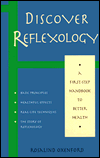 This
article was
This
article was
excerpted from
"Discover
Reflexology"
by
Rosalind Oxenford
About The Author
Rosalind Oxenford M.A.R.
practices and teaches reflexology in Bath, where she has her own School
of Reflexology. This article was excerpted
with permission from "Discover Reflexology" published by
Ulysses Press. Ulysses Press/Seastone Books are available at bookstores
throughout the US, Canada, and the UK, or can be ordered directly from
Ulysses Press by calling 800-377-2542, faxing 510-601-8307, or writing
to Ulysses Press, PO Box 3440, Berkeley, CA 94703, email
























